Kamloops to Craigellachie: 164 km or 2 hours 9 mins. 456 km or 5 hours 41 mins remaining to Calgary.
A nebulous dream was a reality: an iron ribbon crossed Canada from sea to sea. Often following the footsteps of early explorers, nearly 3000 miles of steel rail pushed across vast prairies, cleft lofty mountain passes, twisted through canyons, and bridged a thousand streams. Here on Nov. 7, 1885, a plain iron spike welded East to West.
Along the TransCanada Highway, nestled between Sicamous and Revelstoke, in a teeny tiny place called Craigellachie, is the spot where the last spike of the Canadian Pacific Railroad was driven into the ground.
Long had the construction of the Canadian transcontinental railway been plagued by funding problems, corrupt politicians, disasters, and racial tragedy. Its future completion was also used as a bartering tool to bring many Canadian provinces into Confederation; British Columbia was no exception and without a coast-to-coast railway, there would be no B.C.
The construction of the railway was so badly mismanaged that a promised 1881 completion date passed without any progress. This prompted B.C. to threaten secession and forced the Canadian government to turn the project over to a group of Scottish Canadians. They in-turn formed the C.P.R. and succeeded in completing the 10-year project in 4-years. The final spike was driven into the ground on Nov. 7, 1885, in the spot where the East and West lines met.
The real spike was removed immediately over fears that treasure hunters would try and steal it; it remains in private hands.
The roadside attraction is a quick stop with a washroom, a red caboose (closed to the public), a gift shop, a few picnic tables, and a stone monument marking the historic event.
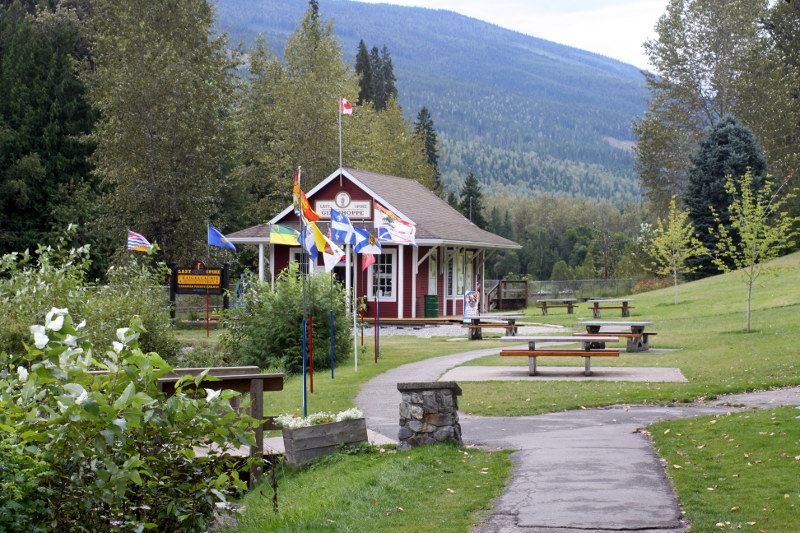
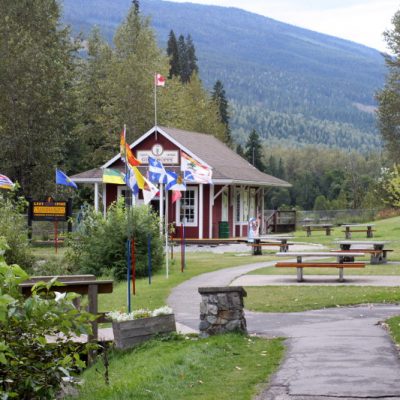
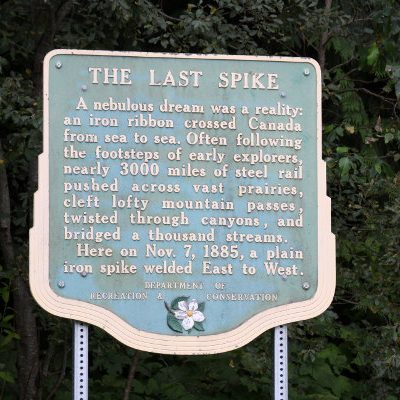
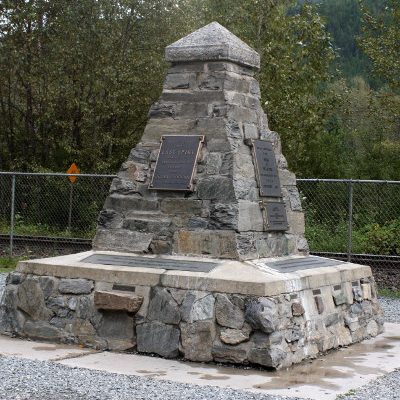
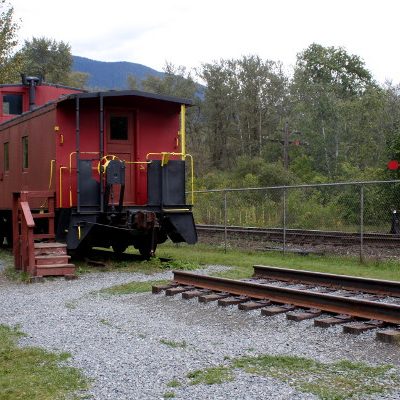
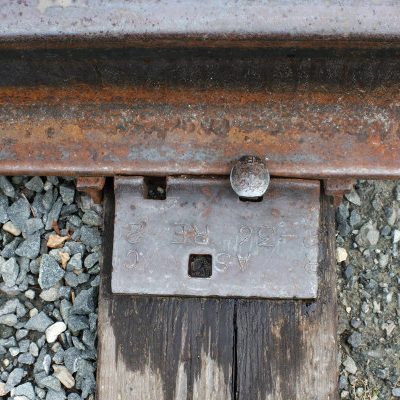
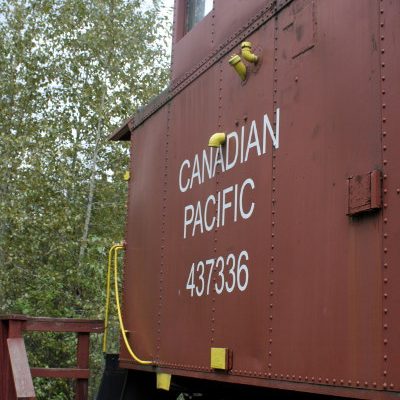
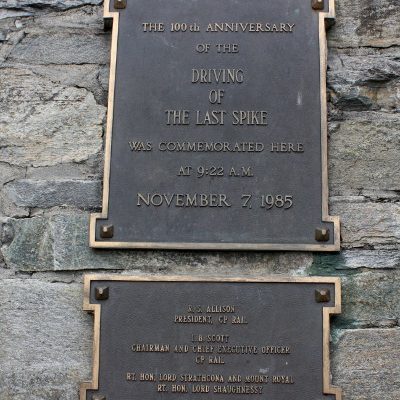
That spike should be in a museum somewhere rather than in private hands.
I don’t think the spike is a spike any more. Sadly, I believe it was made into a knife.